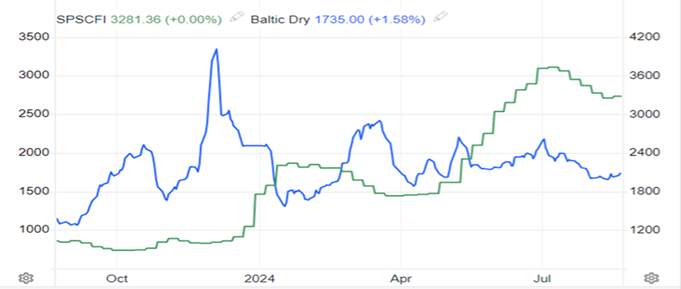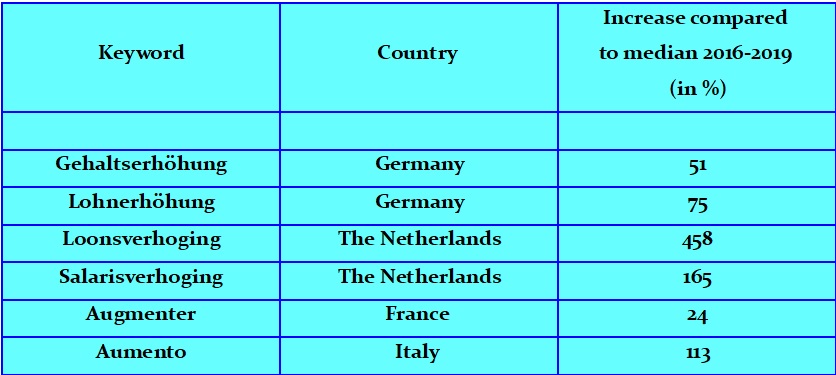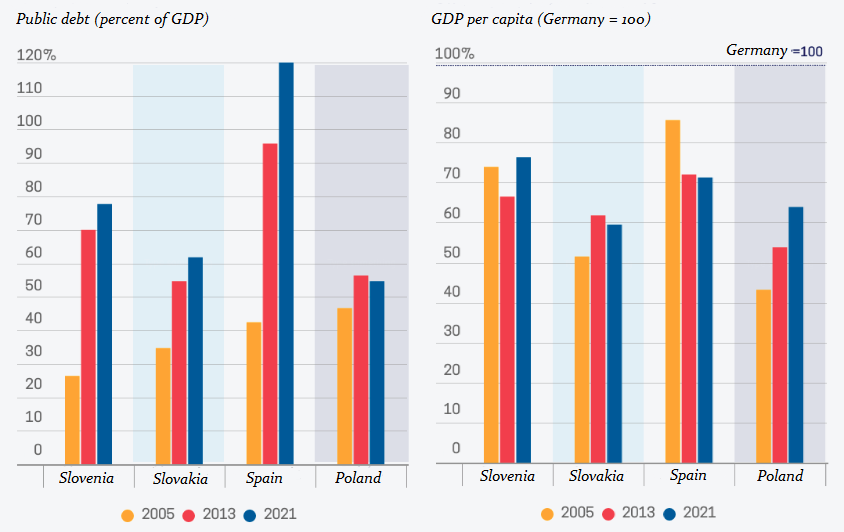Commentary by Bart Kruitwagen
President of Gefira
Probably few people heard about AEGEE, European students’ Forum. In 1985 it was founded by Franck Biancheri, who by the way is also the co-founder of GEFIRA. He had the brilliant idea to build a trans-European organization without national levels, thus students had to think and organize themselves in a total different way. AEGEE was from the beginning extremely successful and soon reached 10.000 members throughout Europe. I was proud to be a member of its Board of Directors alongside Franck, who became my good friend up until his death in 2012. We were and always would be strong believers in a united Europe but for sure were always very mistrustful of the EU.
In the first years we obtained the support of all great European leaders like President Mitterand of France, Prime Minister Margaret Thatcher and many others. They listened to our suggestions and demands and so the Erasmus project came to life. A program that changed profoundly the way students looked at Europe and fellow Europeans and probably is the best program for European integration to date. Continue reading

















